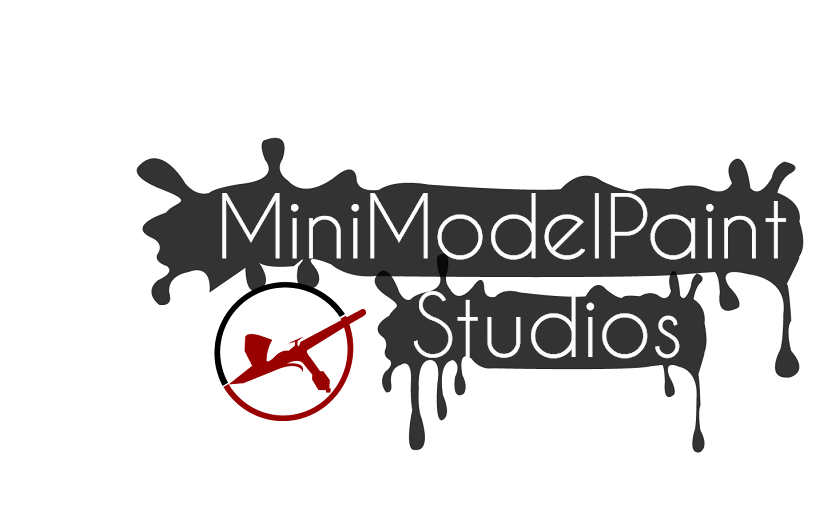We're not all great freehand painters. Model kit makers have known that from the beginning, so they've almost always provided us with water-slide transfers, or decals, so we can super-detail our work. You'll regularly see 'no step' and 'jet exhaust' decals for military planes, and sponsors' logos on race cars.
In our little corner of the hobby world, GW provides us with decals to detail shoulder-pads, armour plating and weapons, depending on the kit, and will sell us special variants for different factions or chapters. Forgeworld, similarly, will sell us super-special versions for little-heard-of units, mostly based on the more popular fluff from novels or video games.
What all transfers/decals have in common is the method of application: soak in water for 30sec/1min, move into desired position and wait to dry.
If only it was that simple.
Decals behave differently depending on the manufacturer. Some are soft; some barely change shape; some tear really easily. Knowing what's what is often a case of experience, 'local knowledge', or a trawl online for answers.
A little help has come from a few companies in the form of transfer solutions: Gunze and Micro Industries are just two of a small handful. The stuff Gunze makes is, by accounts, great for older kits, or Japanese kits, where the transfers are hard and brittle. MicroSet/Sol don't work so well on those - I've read that they react badly. But they do work very well on most other types of decal, which is why they are in my toolbox, at the top.
 |
| Fundamental to success |
The principle behind these products is two-fold: pull the transfer closer to the model surface, and soften it so it conforms to whatever shape is underneath. MicroSet is a softening adhesive - it's water-soluble, which gives you some repositioning wiggle-time. MicroSol is a conforming solvent. It softens the decal, allows it to take on the underneath shape and texture, and burns off the carrier film around the edge, which would otherwise leave a silvery sheen, thus spoiling the effect.
 |
| Basic tools |
Tools needed:
X-acto knife
Q-tip
Clean cutting mat
Tweezers
Small bowl of warmish water
Gloss varnish
MicroSet
MicroSol
Paintbrush (nothing fancy)
Matte varnish
The correct way to apply the products is as follows:
1. Prepare the surface- paint it and then gloss-coat it. Decals don't like matte surfaces.
2. Once dry, paint some MicroSet where the transfer will go.
3. Closely cut out the transfer and soak it in tepid water for 30sec or more - until it begins to move freely from the backing card. Use a Q-tip or toothpick to test it.
4. Position the transfer on the model. Carefully move it around if you need - avoid tearing by using the Q-tip or toothpick instead of your brutish mitts. You have little time to do this
5. Use some paper towel to dab off the excess water. Allow to air dry for a couple of minutes.
6. Paint on MicroSol over the transfer. Watch as the decal begins to wrinkle. Panic a bit, but realise that it's the normal reaction, and it
will smooth out when it's dry.
7. Wait many hours before touching the transfer. Repeat MicroSol application if you're not happy with the result.
8. Seal with matte varnish before weathering.
Here's a side-by-side comparison of the old-skool method with just water, and the more modern, chemically enhanced system.
We'll be using done really old decals from GW, c.1996
 |
| £3.50 for all that? Great value now, it was a rip-off then |
First, the surface:
GW paints are quite glossy, so let's not gloss varnish the shoulder and see how it goes.
 |
Finished painting.
|
Cut the transfer
 |
| Cut nice and close to the image you need |
Soak the transfer
 |
| Leave enough space on the card to hold with tweezers |
Apply the transfer
 |
| Rolling the Q-tip works better than prodding |
See how circles don't conform to curves at all well. Rectangles have a similar issue.
 |
| Geometry will get you before rhythm. |
Try again - cut a triangle out of the bottom of the circle. It'll join up later...
...kinda. The transfer doesn't move well on the shoulder pad, and still doesn't conform perfectly.
Next, the knee pad. This has had gloss first. Better, but not great.
Now the Set/Sol method:
First the gloss
 |
| Soak up the excess with paper towel |
Then the Set. Soak/apply transfer and position with brush/Q-tip
Wait a little while and paint on the Sol. Wait.
Wait some more.
After 30 mins, the transfer is looking a lot better. Another coat of Sol, as these transfers are ancient.
 |
| Sol has conformed decal to all the bumps in the plastic |
After the MicroSol has dried and cured - 12-24hrs should do it. - a coat of gloss or matte will seal the transfer on the plastic, allowing you to go nuts with overpainting, freehanding and weathering.
And that's How for now.










































